How To Bleach Hair White
Learn everything you need to know about bleaching gray hair - from dos and don’ts to aftercare tips.
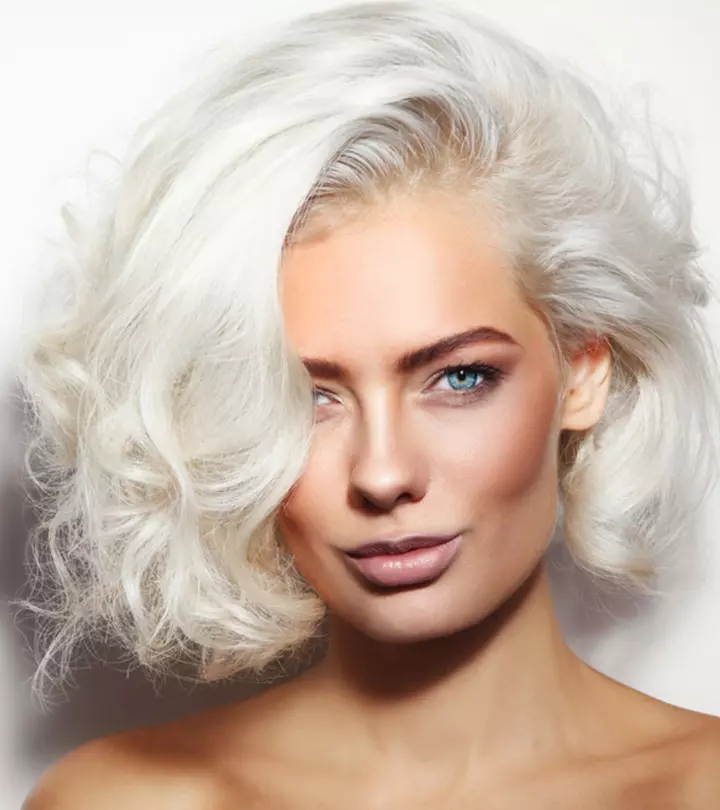
Image: ShutterStock
White hair was once considered a dreaded sign of aging. However, now it has become a fashion statement. Hence, white hair bleaching has become the new trend as many celebrities across the globe are flaunting gray hair gracefully.
While the number of older people accepting their natural gray hair is increasing, we also see an amazing trend where youth with dark hair are showing interest in white hair bleaching. Celebrities like Lady Gaga and Justin Bieber have stunned the world by flaunting their bleached platinum blond style, inspiring many youngsters.
Are you spellbound with the idea of having platinum blond hair but worried about damaging your locks? Read this article to know how to go about white hair bleaching the safe way.
 Before You Get Started
Before You Get Started- Several sessions are necessary to bleach dark hair and the process requires 2-4 weeks of recovery time after each session to avoid hair damage.
- If you are bleaching your hair at home, use a 20-volume developer and a good-quality purple toner after each session to prevent hair damage.
- Use a good quality blue or purple shampoo to get rid of orange and yellow tones in the hair after bleaching.
In This Article
Dyeing Your Hair White
White hair makes one look dignified and sophisticated, and it is no surprise that many older people say no to hair dyeing and flaunt their natural hair color with pride. But, what if your locks are not naturally graying? Can you still safely color your hair white?
Achieving white hair that looks gorgeous and healthy when your natural hair is darker is not a simple process. However, by following a few easy tips and taking precautions, you can dye your naturally blonde, brunette, or even black hair a lovely shade of platinum.
Be sure to use the best quality products available for hair lightening and consult a hairdresser, if needed. Taking proper care of your bleached hair is important as color-treated hair is more delicate than natural, untouched hair (1).
Lola Kate, a vlogger, shared her experience bleaching her own hair in an attempt to achieve a solid, creamy blonde color from root to tip. She emphasized the importance of professional assistance and advised against self-bleaching due to potential hair damage. She also said, “I can keep my eye on both of these side sections to make sure that it is not left on for too long and that the hair is not being compromised or over-processed once I finish applying the last section (i).”
But, before going for a bleached white hair look, you need to ask yourself a few questions to determine whether the hair color is for you or not.
 Did You Know?
Did You Know?Key Takeaways
- Bleaching your hair white has become the new trend as many celebrities across the globe are flaunting gray hair gracefully.
- You need hair bleaching powder, 20 or 30 volume developer, a plastic bowl, plastic measuring spoons, toner, a hair-coloring brush, hair clips, shampoo, conditioner, gloves, and old clothes to bleach your hair at home.
- However, only those with virgin hair should consider bleaching their hair white.
Am I A Good Candidate For Bleached White Hair?
It is easy to find general instructions to bleach hair at home and follow them step-by-step to lighten your hair. However, bleaching your hair completely white is quite a tricky job. Not everyone is a good candidate for bleached white hair! Here are a few factors that determine if your hair is suitable to be bleached:
- Do You Have Virgin Hair?
Only those with virgin hair should consider dyeing their hair white. Virgin hair refers to hair that has never been dyed before or does not have any trace of any previous hair dye. If you have colored hair or hair highlights, you should wait until the dyed hair has grown out before bleaching your hair.
- Is Your Hair Healthy?
Do you have healthy, dandruff-free hair? Is your hair prone to breakage or split ends? Having healthy hair is a prerequisite for dyeing your hair white. Dull, lifeless, or breakage-prone hair will be further damaged if exposed to the chemicals in the bleaching agents (1). Thick and coarse hair is the best-suited for this hair coloring process.
- What Is Your Natural Hair Color?
The natural shade of your hair plays a big role in determining whether you are a suitable candidate for bleached white hair.
If you have healthy, natural blonde hair or light brown hair, you can go for hair discoloration without any worries. Since your hair is already of a light shade, it will be easier to achieve a platinum blonde look.
However, bleaching dark brown or black hair white will take considerably more time and will take several sessions. It may take several weeks of allowing the hair to rest to prevent further damage too soon. Bleaching dark brown or black hair will mean that the hair will lift to an orange before needing to be toned to white. And the ones lightening their hair should be willing to endure a week or so of orange hair before the next bleaching session. It is more difficult to color dark hair white without causing excessive damage to the hair shafts.
Once you have determined that bleached white hair is the way to go for you, start collecting the supplies for the guide given below.
How To Dye Your Hair White
Bleaching your tresses at home can save you loads of money
. However, since it is an intricate process, you should be prepared well before you start. Use only the best quality ingredients available.
Before beginning the actual bleaching process to color your hair white, collect the following supplies:
- Hair bleaching powder
- 20 or 30 volume developer
- Plastic bowl and plastic measuring spoons (avoid metal)
- Toner
- Hair-coloring brush
- Hair clips
- Shampoo
- Conditioner
- Gloves
- Old clothes
Now you are ready to start! Follow the given steps to achieve the perfectly gorgeous platinum blonde look.
- Put On Your Gloves
Prepare by wearing old clothes and putting on your gloves. Bleaching your hair can be a bit messy, and you do not want to ruin a set of new clothes.
- Prepare Your Hair
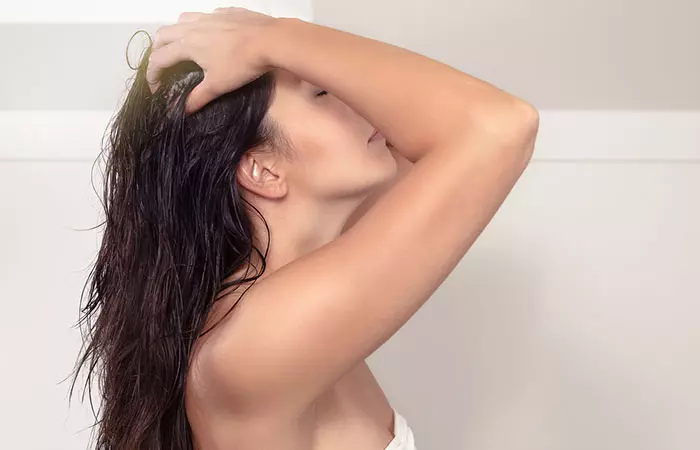
Bleaching is an extremely harsh chemical process so always prepare your hair for bleaching. So, you should massage your scalp and hair with some warm coconut oil a few hours before starting the white hair bleaching process. Do not use a brush or comb on the scalp before bleaching. Even microscopic scratches on the scalp can invite the bleach to burn the skin from the inside and even offer an opportunity for infection to set in. Coconut oil is moisturizing and nourishing, and it helps to minimize the damage caused to your hair by the bleaching process (2).
- Divide Your Hair Into Sections
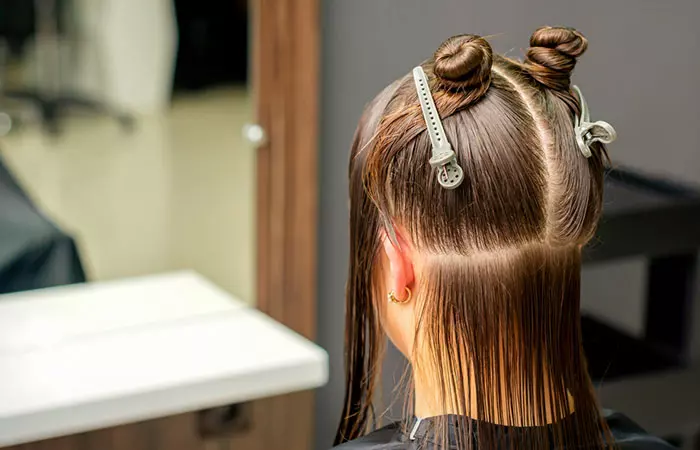
Dividing your hair into sections makes application easier and also aids with greater precision.
Divide your hair into four quadrants by first parting it from the center of the forehead to the nape of your neck. Now, halve each section once again from ear to ear. Secure each quadrant with a rubber band or a hair clip.
- Apply The Bleach
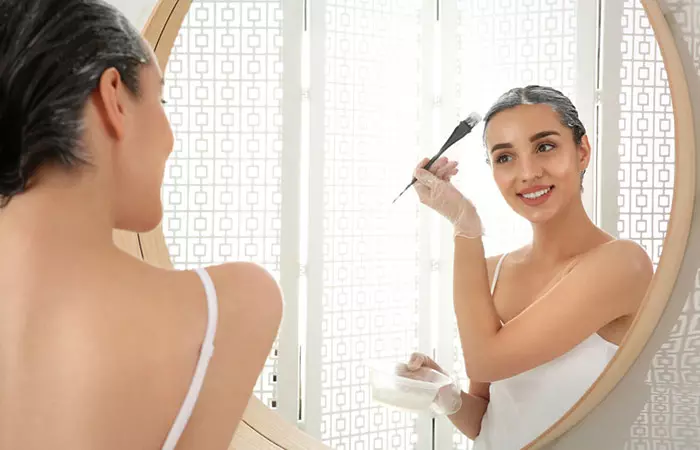
Follow the directions given on the packaging to mix the bleaching powder and developer.
You should apply the bleach to smaller sections within each of the quadrants to ensure your hair is fully saturated.
Bleach the tips and mid-lengths of your hair first. This is extremely important! Bleach activates faster with heat, so the warmth of your scalp will cause it to lighten faster than the mid-length. Starting 2” from the scalp is safe enough to apply bleach. They take longer to lighten than the roots. Once you have coated the rest of your hair with bleach, apply it to your roots. Give your hair a quick massage to ensure the bleach has been distributed evenly. Gather all your hair on the top of your head and put on a shower cap.
- Processing
Leave on the bleach to process for as long as it takes your hair to reach a pale-yellow color.
Note: If there is any burning or discomfort, wash the bleach out immediately. It could mean your body is having an allergic chemical reaction with the bleach.
The processing time depends on the natural color of your hair. Blonde hair takes lesser time while darker hair takes longer. However, be careful not to let the bleach sit in for longer than the recommended time given on the packaging.
It usually takes 20 to 50 minutes for the bleach to work its magic, depending on the natural shade of your hair. Check every ten minutes to see if the desired color has been achieved.
Do not pull or stretch on the hair strands to see if the bleach is soaking in. Bleach softens and cracks the cuticles, making the hair more elastic. If you pull on the hair during this process, it will tear off.
If you are still not satisfied with your hair color by the end of the time suggested on the packaging, wash your hair anyway. You can repeat the white hair bleaching process after a week or so.
- Wash Your Hair
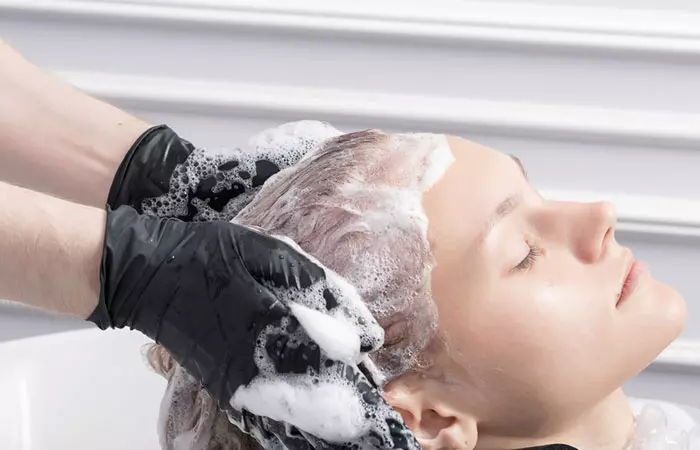
After the stipulated time, wash the bleach off your hair. Rinse your hair thoroughly and use a balancing shampoo to restore your scalp’s pH levels (3). Conditioning after bleaching is an important step. Use a balancing conditioner to make your hair soft. Let your hair air-dry. Do not use a blow dryer after bleaching your hair.
- Apply Toner
Bleaching makes your hair pale yellow, not platinum blonde. To achieve a platinum blonde look, you need to use a toner on freshly bleached hair to make it white.
To make it look pure white, you need to use a neutralizing toner. Apply a good-quality toner on freshly washed, towel-dried hair to get rid of the brassy tones. Leave it on for about 30-40 minutes before washing it off. The toning process may need to be repeated every week. You can also use a toning shampoo instead.
Once you decide to bleach your hair white, take these necessary precautions to get the most out of the process and emerge with healthy-looking and gorgeous platinum blonde hair.
Hair Bleaching Dos And Don’ts
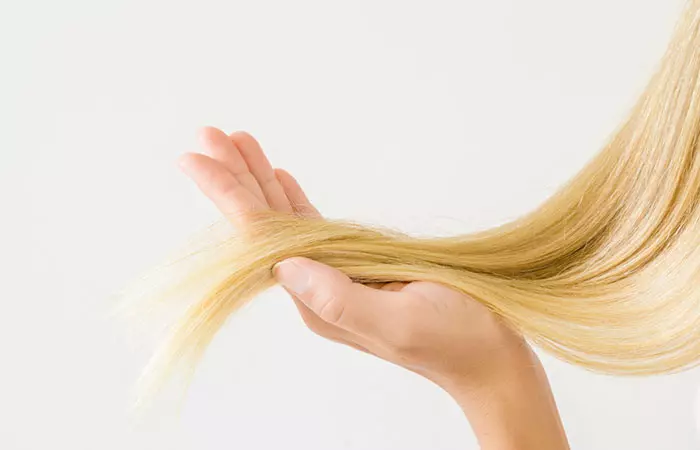
- Avoid shampooing for at least a day or two before any hair streaking or bleaching procedures. Anecdotal evidence suggests that the natural oils in your scalp and hair help with the bleaching process.
- Massage your scalp and hair with pure coconut oil the night before to protect your hair from excessive damage.
- Bleaching agents are strong and can cause chemical burns. If you feel any discomfort during the bleaching process, wash off the bleach from your hair immediately.
- Using a toner is necessary to achieve a pure white platinum blonde look. However, just like bleach, toner can also cause chemical burns. Wash off the toner immediately if you develop rashes or experience pain of any kind after applying it to your hair.
After bleaching your hair and getting the pure white hair of your dreams, it is time to take proper care of your luscious white locks. We walk you through some handy aftercare tips below.
 Quick Tip
Quick TipAftercare Tips For White Hair
Now that you have the gorgeous platinum blonde look that you desire, it is time to look after your bleached hair. It is essential to take extra care of your bleached hair to ensure they are lustrous and healthy. Here are a few aftercare tips to follow for white hair:
- Do Not Wash Your Hair Daily
Washing too frequently can dry out your locks by stripping away their natural oils (3). Since your hair is already damaged from the effects of the bleach, it is advisable not to wash your hair every day. Even if you have not bleached your hair, it is not a good idea to wash it daily.
- Massage With A Nourishing Oil
Giving your bleached hair some extra love and care is important. Gently warm some coconut or olive oil and massage it into your scalp and hair. You can leave it on for a few hours or even overnight. Then, wash off the oil with a mild shampoo to get soft and silky hair. Deep conditioning with oils helps restore hair health (2).
- Use A Purple Shampoo And Conditioner
Purple shampoos and conditioners
are specially formulated hair care products that use purple pigments to neutralize yellow tones. A good-quality purple shampoo is a must-have for those with bleached hair. Using a purple shampoo helps tone your hair and maintain its pure white color. You can use a purple shampoo and conditioner twice a week.
- Avoid Heat Styling
After you have bleached your hair white, avoid all kinds of heat-styling tools like blow dryers, straightening irons, and curling wands for at least three weeks. Bleached hair is susceptible to the harmful effects of heat styling as the hair cuticles are left open during the bleaching process (4).
- Shield Your Bleached Hair From The Sun
After the white hair bleaching process, make sure to protect your locks from the sun. The sun can make your already damaged hair more dry, brittle, and weak. So, always a large-brimmed hat, scarf, or use a broad-spectrum hair SPF 30 or above to shield your hair from the harmful sun rays.
These aftercare tips are sure to make your beaching process smoother, however, there are some common mistakes that you should avoid. You can be better prepared to effectively and safely lighten your hair by understanding these mistakes. Check out some of the most common errors people overlook in the next section.
Common Mistakes To Avoid While Bleaching Hair White
It’s always exciting when one gets a hair transformation and bleaching your hair to striking white or platinum color is no less! A lot of people attempt to lighten their hair at home, leading to numerous mistakes and damaging it. To assist you with the bleaching process, here are a few things to keep in mind:
- Always conduct a patch test first to check for any allergic reactions or irritation.
- Using the wrong developer strength will either under-process or over-process your hair, leading to uneven color.
- Avoid going over time with the bleach, as it may lead to damage and make your hair dry and brittle.
- Evaluate your hair type and issue before bleaching, as the process can damage unhealthy hair, leading to more breakage or dryness. If you have weak, damaged, dry, or unhealthy hair, do not bleach your locks.
- Avoid multiple bleaching sessions, as they can seriously damage your hair. If the hair roots or ends do not match with the rest of your hair, use a root cover-up spray as a quick fix. Consult a professional colorist to get white bleached hair for a permanent fix without over-processing or damaging your tresses.
- Read the methods and conditions carefully as over application of bleach on sections may cause breakage. Every product comes along with some specific guidelines that must be followed to obtain safe and effective results.
- If color stains your skin around the hairline in the forehead, ears, or neck, then use a gentle soap and water to remove the hair dye from the skin. You can also apply petroleum jelly before the white hair bleaching process to prevent the dye from staining your skin.
- If you do not get the desired look, try using a hair gloss to enhance your hair color and tone. You should also condition your mane to make it appear more shiny, vibrant, and reflective.
- Do not rinse off the bleach with hot water, as it can open the cuticle of hair, making it more prone to damage. Rinse with cool or lukewarm water.
- Use conditioning treatments after the process to ensure maximum health of your hair. Nourish and repair color-treated hair, and make it appear smoother and softer.
- For extra protection, use an intensive purple or blue mask once a week to neutralize unwanted yellow or orange tones.
Bleaching calls for meticulous care, so whether at home or with professional assistance, knowing these errors will provide you with a head start at keeping your hair safe. It will also ensure that you get the desired results.
Infographic: Top 4 After-Bleach Tips For White Hair
Bleaching your hair for the first time can leave you concerned about your hair health. Bleaching, in fact, can make your hair more prone to dryness and breakage. Does this mean big trouble? Well, not really. You sure can reduce the post-bleach side effects with a few simple hair care tips. In the infographic below, we have listed 4 such tips that help protect your hair and make your desired hair tone last longer. Check them out.
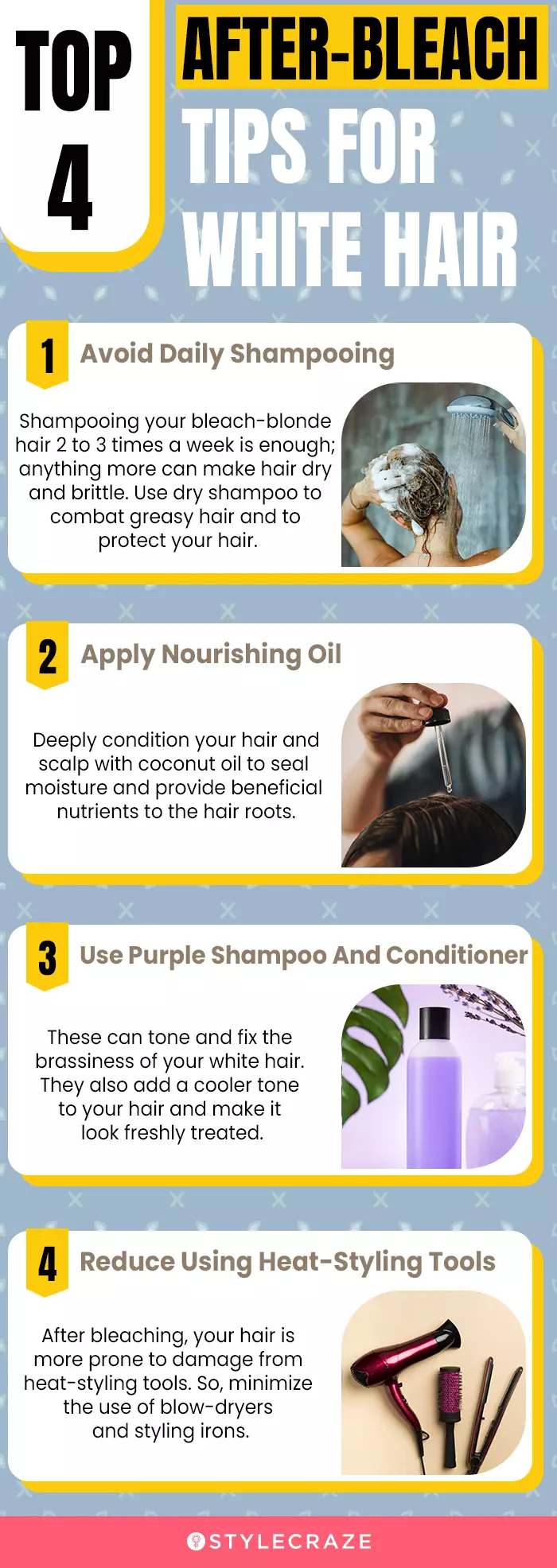
Illustration: StyleCraze Design Team
Closing Thoughts
Follow our instructions on white hair toning or bleaching to the tee to experiment with your tresses safely in the comfort of your home. They will help you achieve the gorgeous platinum blonde color of your fantasies while retaining the brightness of your hair. Just make sure you get top-of-the-shelf hair care products and bleaching solutions.
Remember, bleached hair requires special care and nourishment. So, we recommend using coconut oil and purple shampoo to maintain your mane’s suppleness and liveliness. Hair strands are vulnerable to damage, so avoid heat-styling tools for at least 3 weeks after the white hair bleaching process. This will allow your locks to properly recover after the treatment.
Frequently Asked Questions
How does baking soda whiten gray hair?
Baking soda mixed with hydrogen peroxide may help break down the melanin pigments in gray hair and lighten the color. However, ensure that the hair is not dyed.
Can I use white hair dye instead of a toner?
Yes, you can use white hair dye to lift the color of your hair after bleaching and add some shine to it. You can also use a toner to further correct your hair color for best results.
What are some alternatives to bleach for achieving white hair?
You can use apple cider vinegar, lemon juice, and a mixture of baking soda and hydrogen peroxide to achieve white hair.
Illustration: How To Bleach Hair White
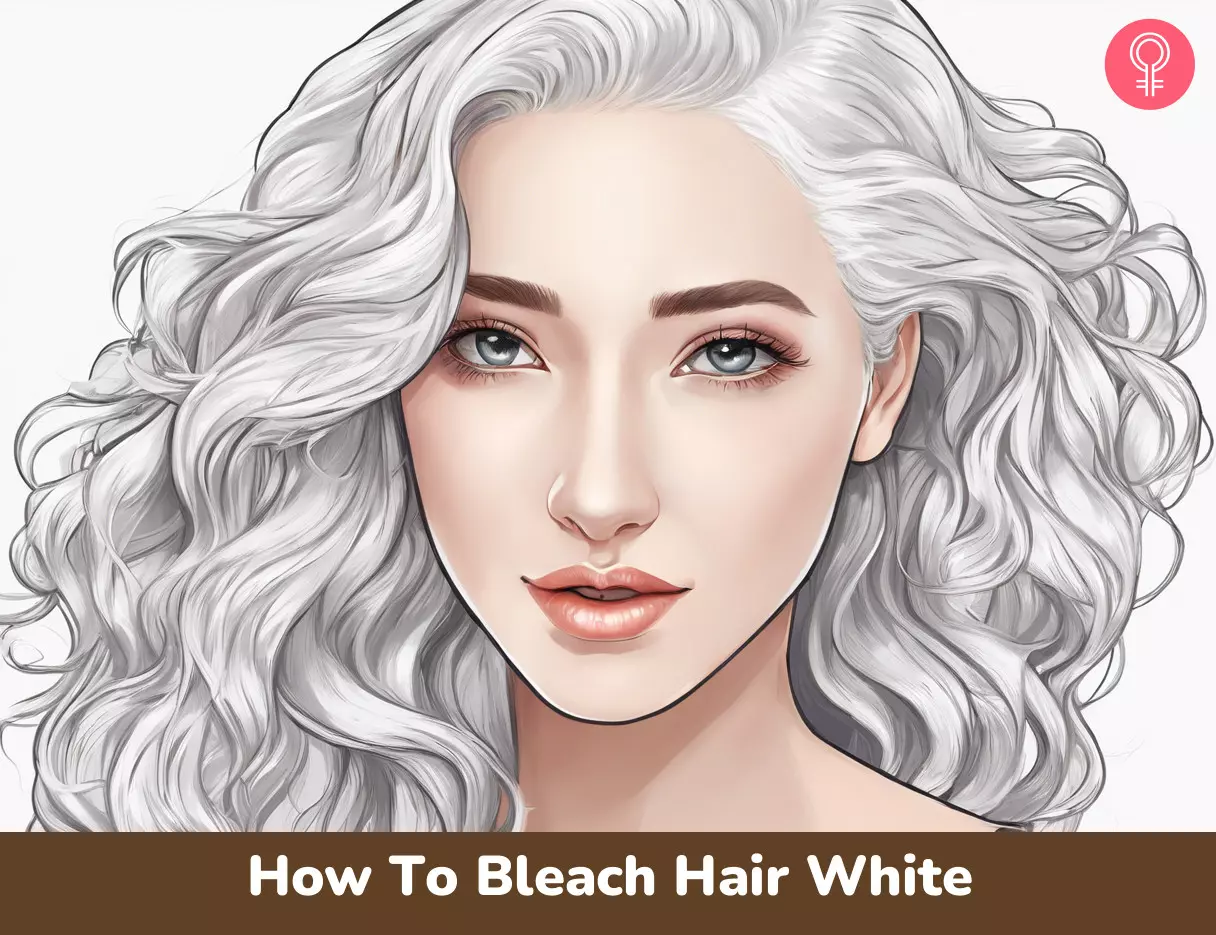
Image: Stable Diffusion/StyleCraze Design Team
Embark on a hair transformation journey with this informative video on bleaching your hair and achieving that stunning white hue. Learn expert tips, techniques, and precautions for a successful at-home dyeing experience.
Personal Experience: Source
StyleCraze's articles are interwoven with authentic personal narratives that provide depth and resonance to our content. Below are the sources of the personal accounts referenced in this article.
i. Bleaching my own hair at homehttps://www.youtube.com/watch?v=2MlC-ztCHjs
References
Articles on StyleCraze are backed by verified information from peer-reviewed and academic research papers, reputed organizations, research institutions, and medical associations to ensure accuracy and relevance. Read our editorial policy to learn more.
- Hair Cosmetics: An Overview
https://www.ncbi.nlm.nih.gov/pmc/articles/PMC4387693/ - Effect of mineral oil, sunflower oil, and coconut oil on prevention of hair damage
https://pubmed.ncbi.nlm.nih.gov/12715094/ - The Shampoo pH can Affect the Hair: Myth or Reality?
https://pubmed.ncbi.nlm.nih.gov/25210332/ - Heat-damaged evaluation of virgin hair
https://pubmed.ncbi.nlm.nih.gov/30861299/
Read full bio of Madison Dufour
Read full bio of Arshiya Syeda
Read full bio of Subhrojyoti Mukherjee
Read full bio of Anu Pallavi






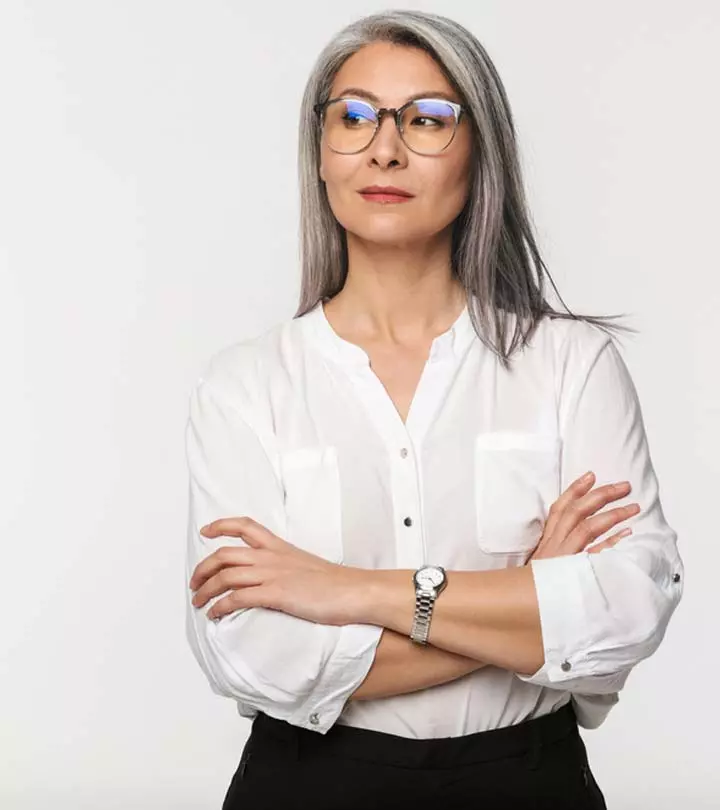
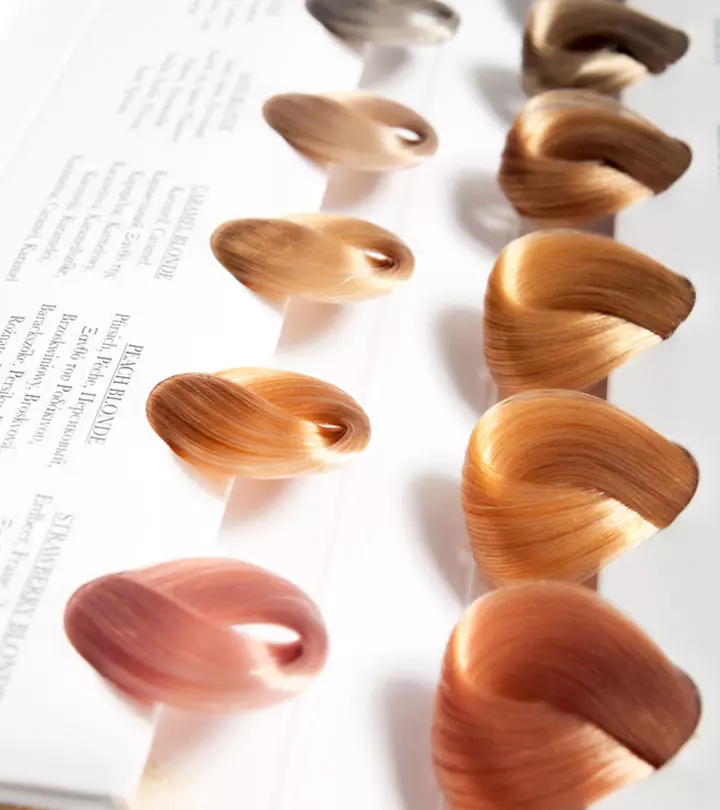
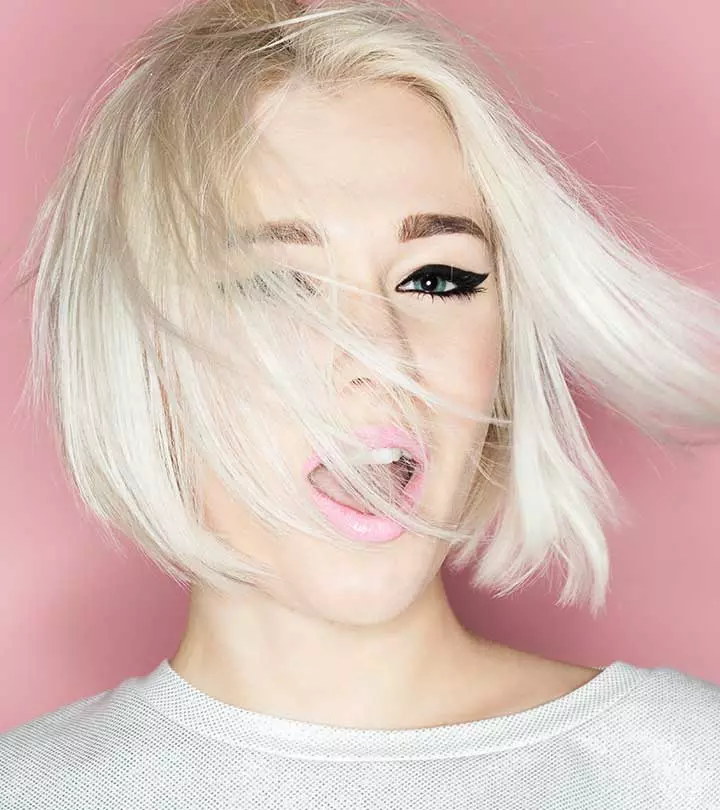
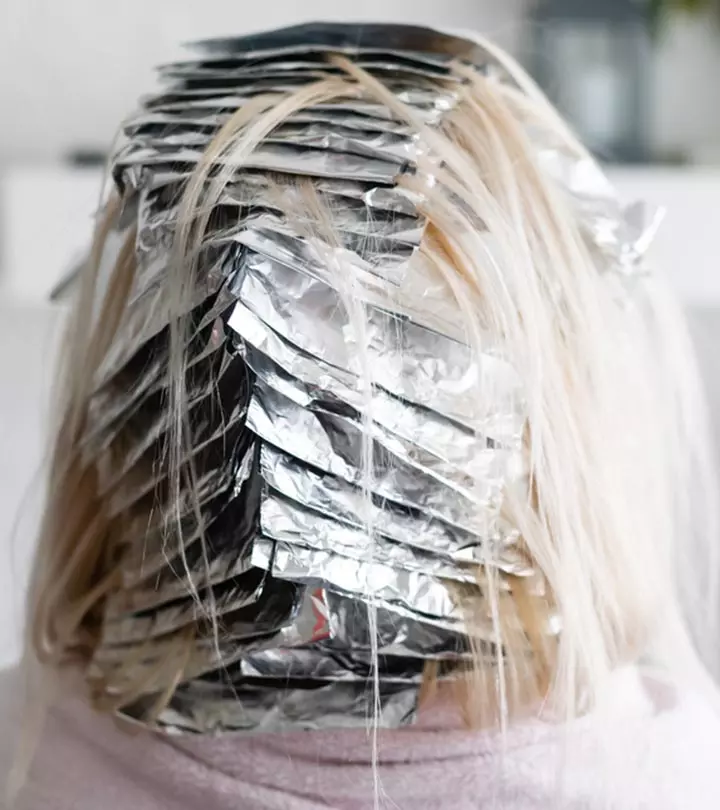

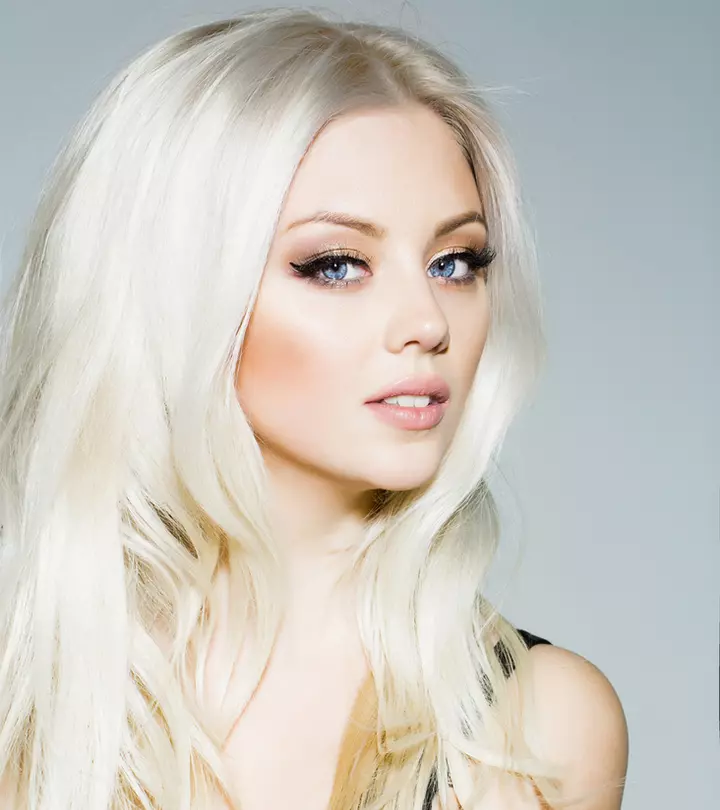
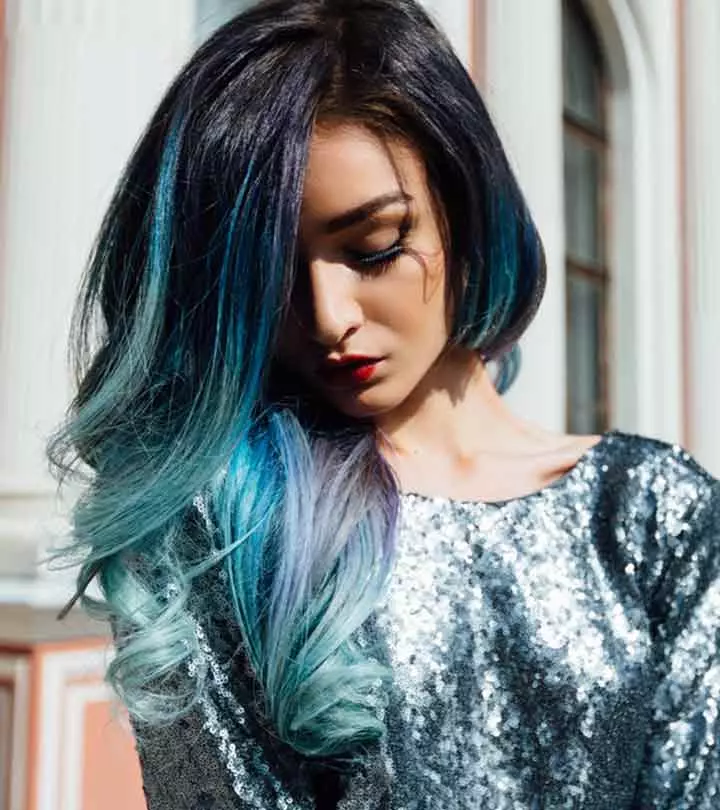
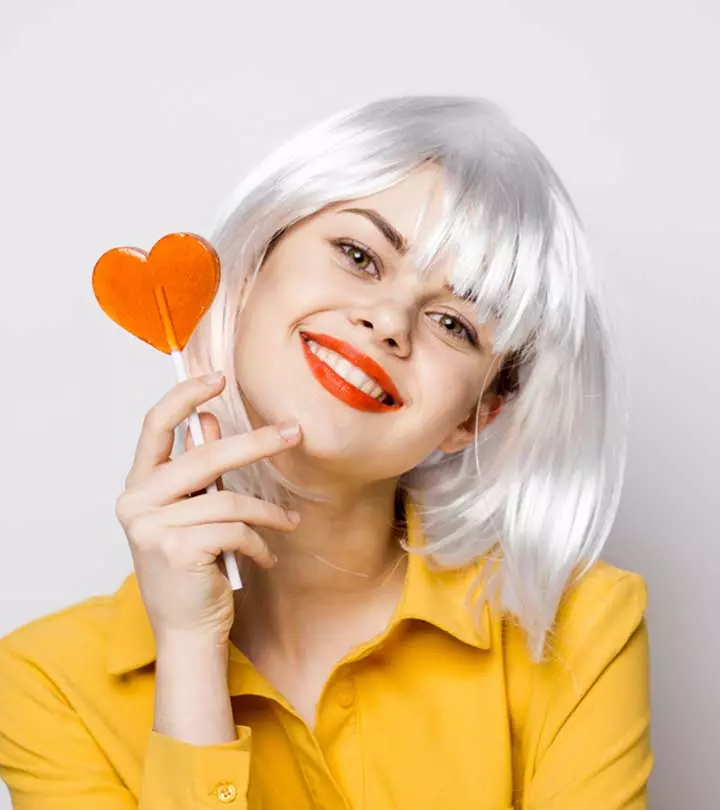
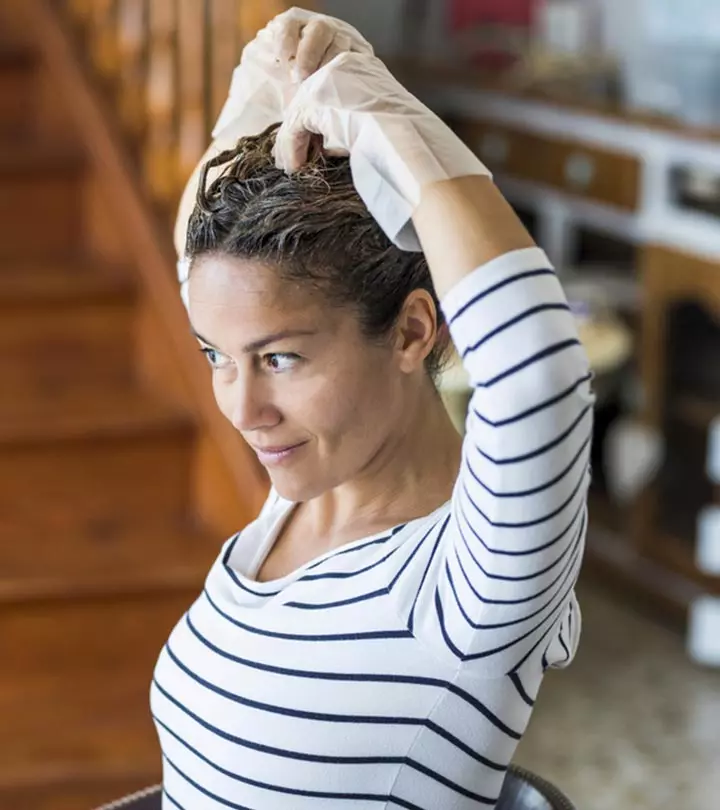

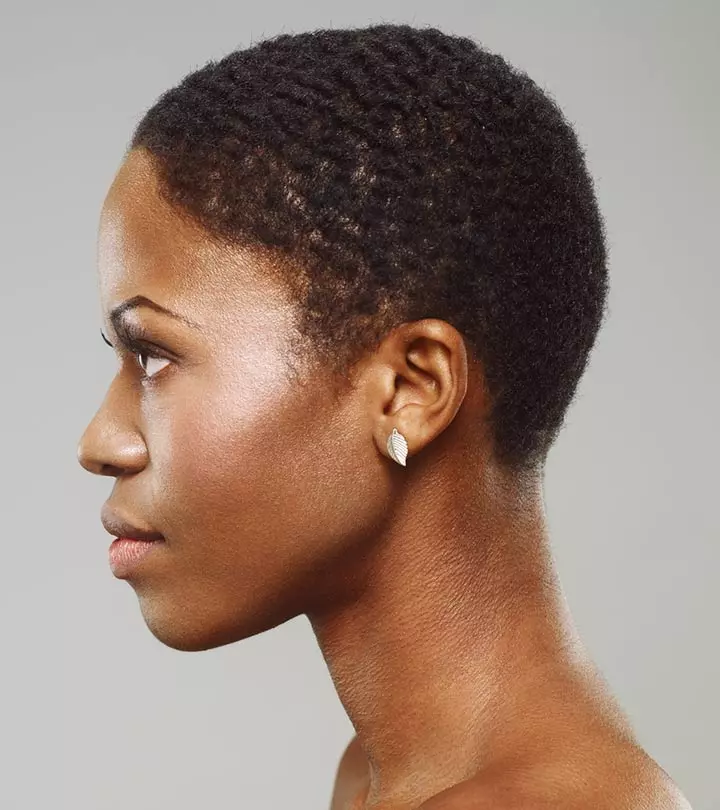
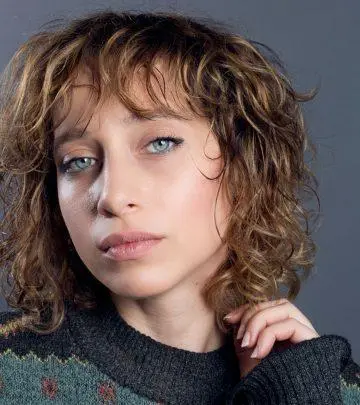
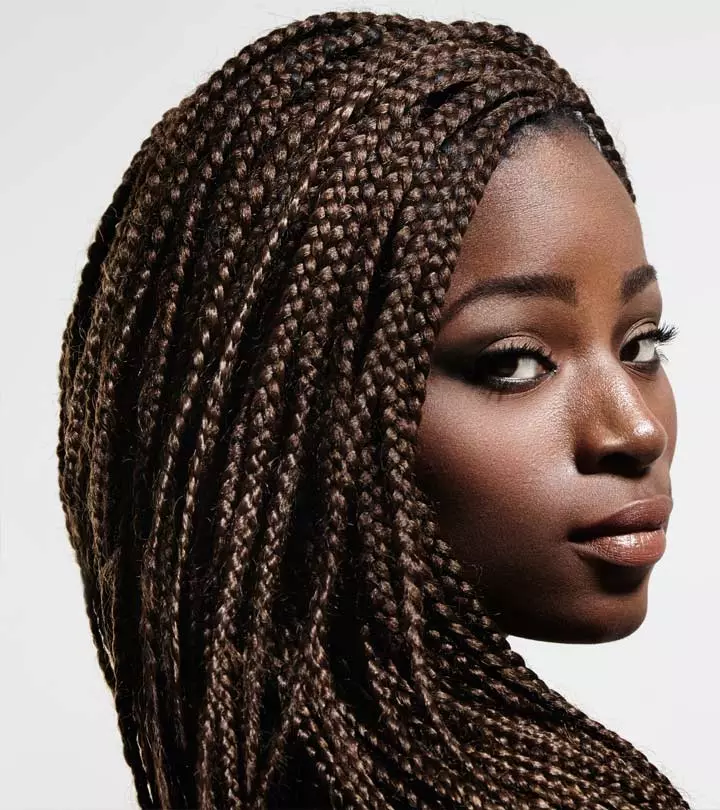

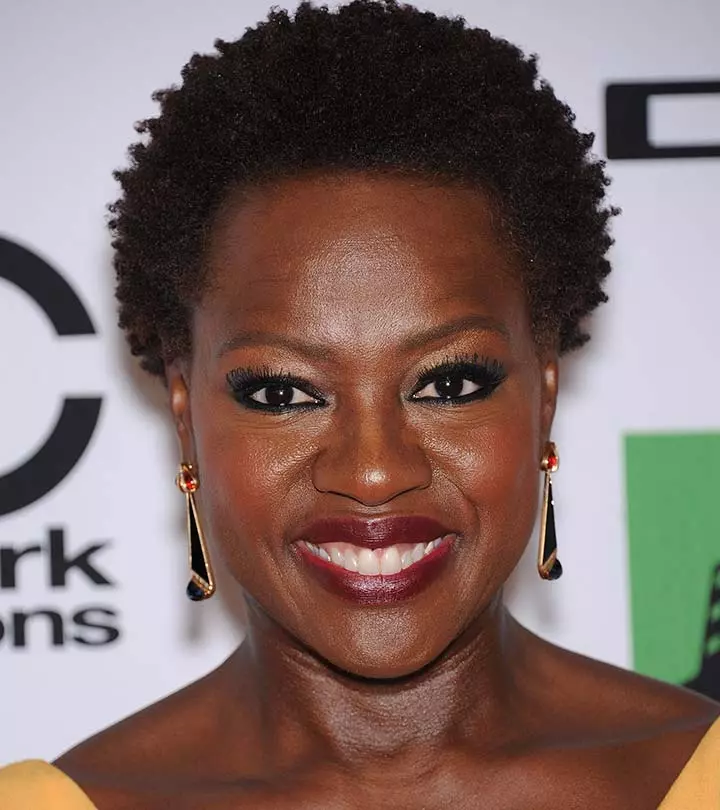
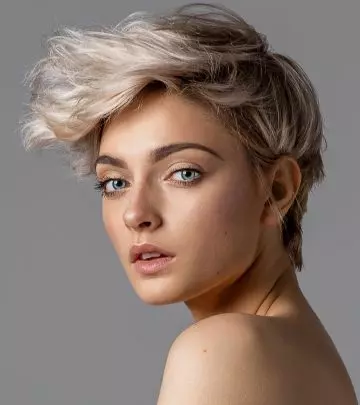
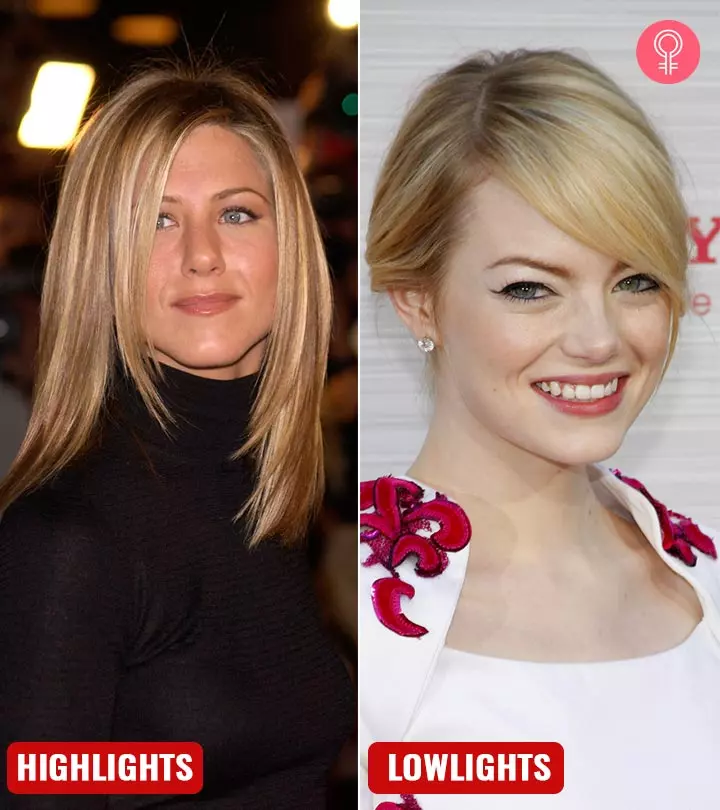

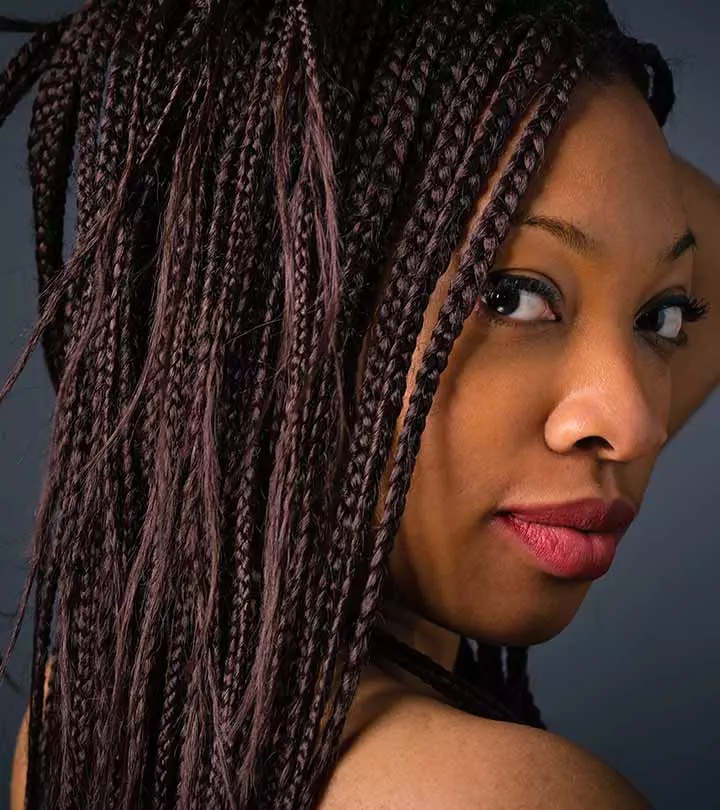

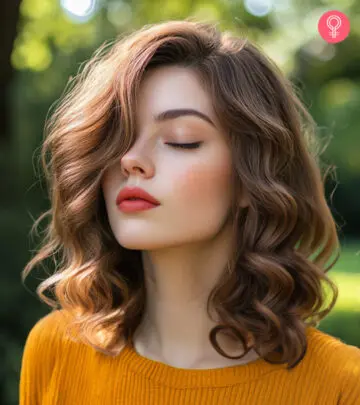
Community Experiences
Join the conversation and become a part of our empowering community! Share your stories, experiences, and insights to connect with other beauty, lifestyle, and health enthusiasts.